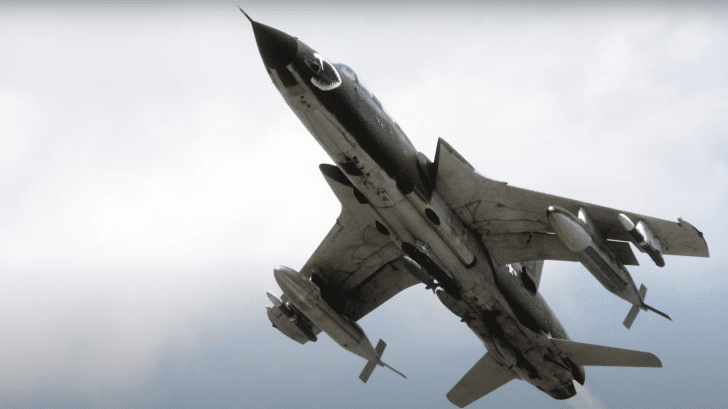AP-63
In 1951, the design team at Republic Aviation began plans for a new supersonic single-seater tactical aircraft. It was to be supervised by Alexander Kartveli, who once worked on the development of the P-47 Thunderbolt, F-84 Thunderjet, and the Republic F-84F Thunderstreak.
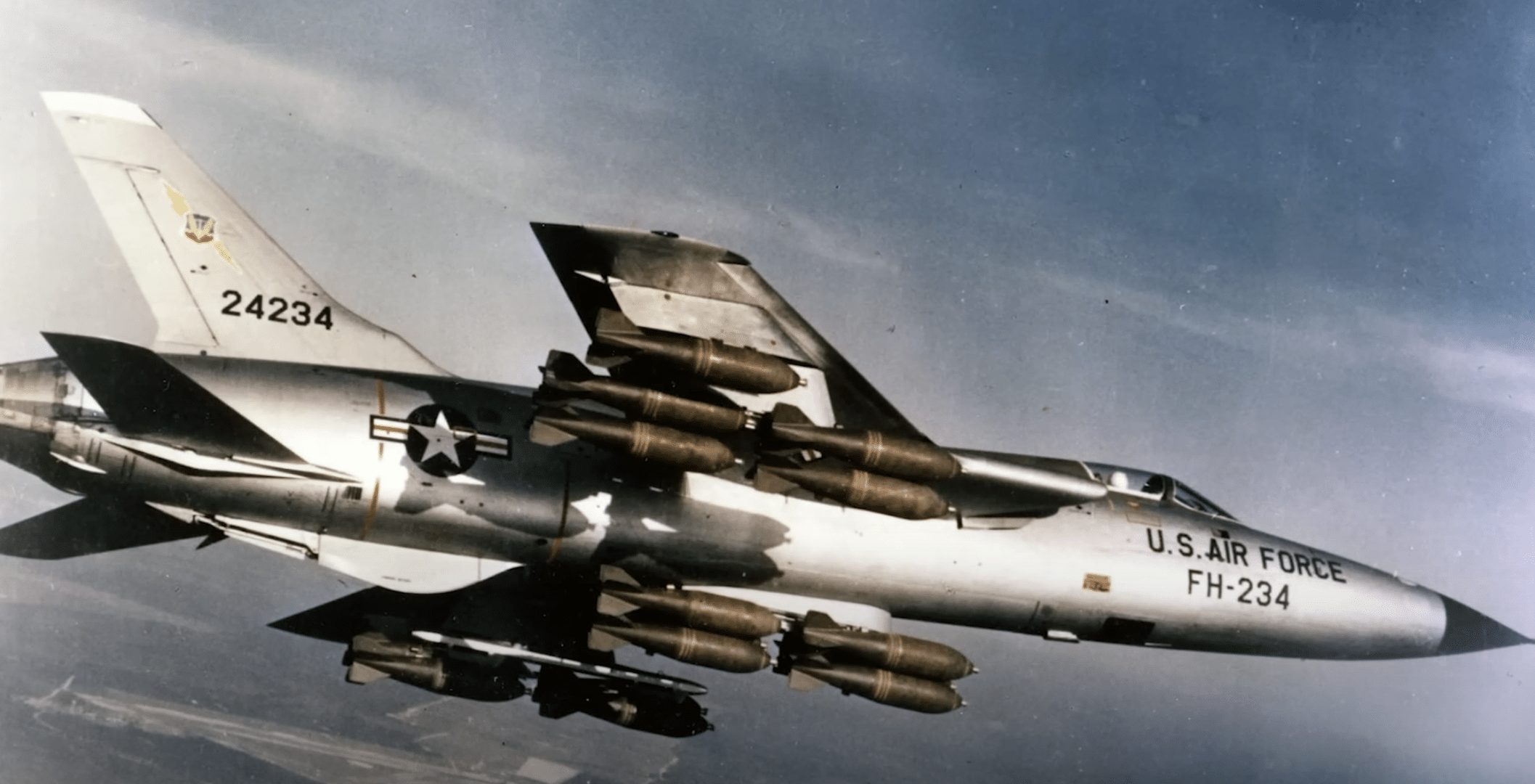
This new project, given the name “AP (Advanced Project) 63”, was expected to carry air-to-air and air-to-surface missiles – as well as a single nuclear bomb.
Pros and Cons
Although there were many similarities to the aircraft it was replacing (the F-84F), the F-105 Thunderchief was still intended to be far superior than its predecessor.
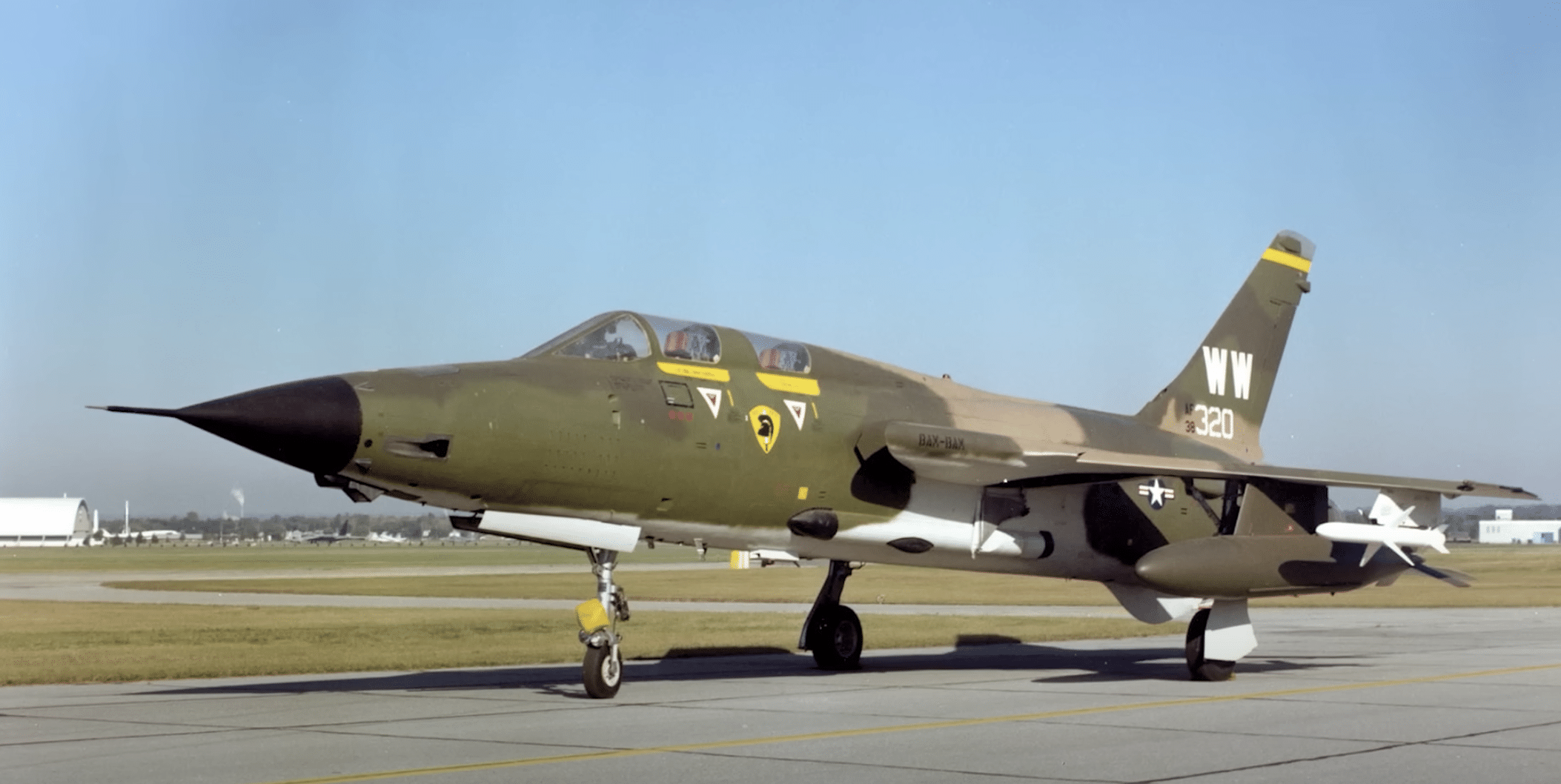
Designed as a mid-wing monoplane with a 45-degree swept wing and tail, the F-105 also included wing root intakes and high wind loading. However, it did make the plane less agile and forced the aircraft to need longer takeoff and landing distances.
Now, in order to release the nuclear bomb, a hatch under the plane was designed that could slide up. This configuration reduced supersonic drag – but even though this was a key feature, it was actually never used.
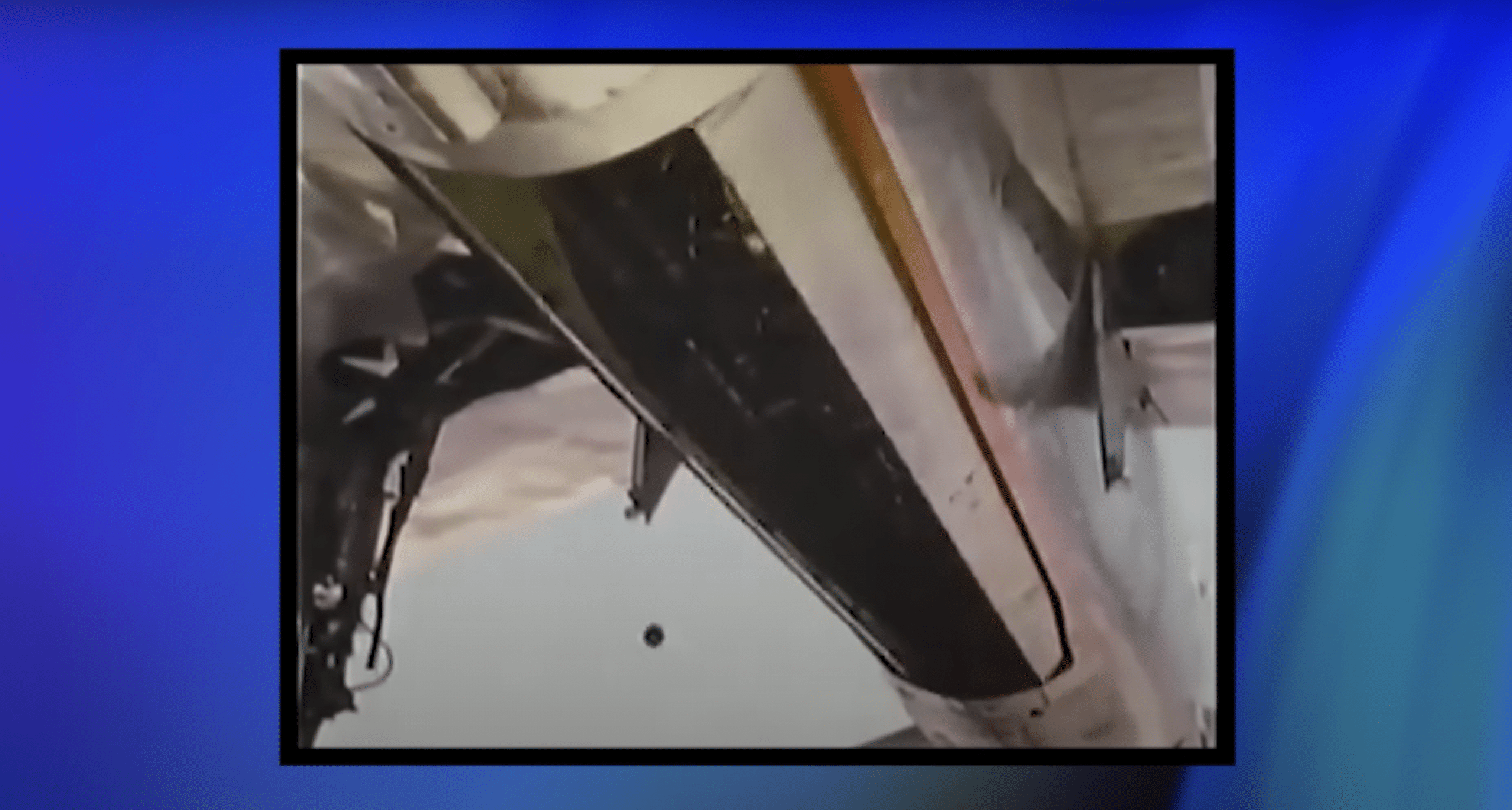
Its bombs were rarely stored in the bomb bay and would commonly hold an extra 1,300 L fuel tank instead.
Program Delays
With an intended Mach speed of 1.5 and provisions to carry 14,000 lbs of bombs total, it’s safe to say that the F-105 was a fairly impressive aircraft of its time. As such, the YF-105A design was approved by the Air Force in 1952. The first order from the USAF was for 119 Thunderchiefs, but only two of its initial design was ever made.
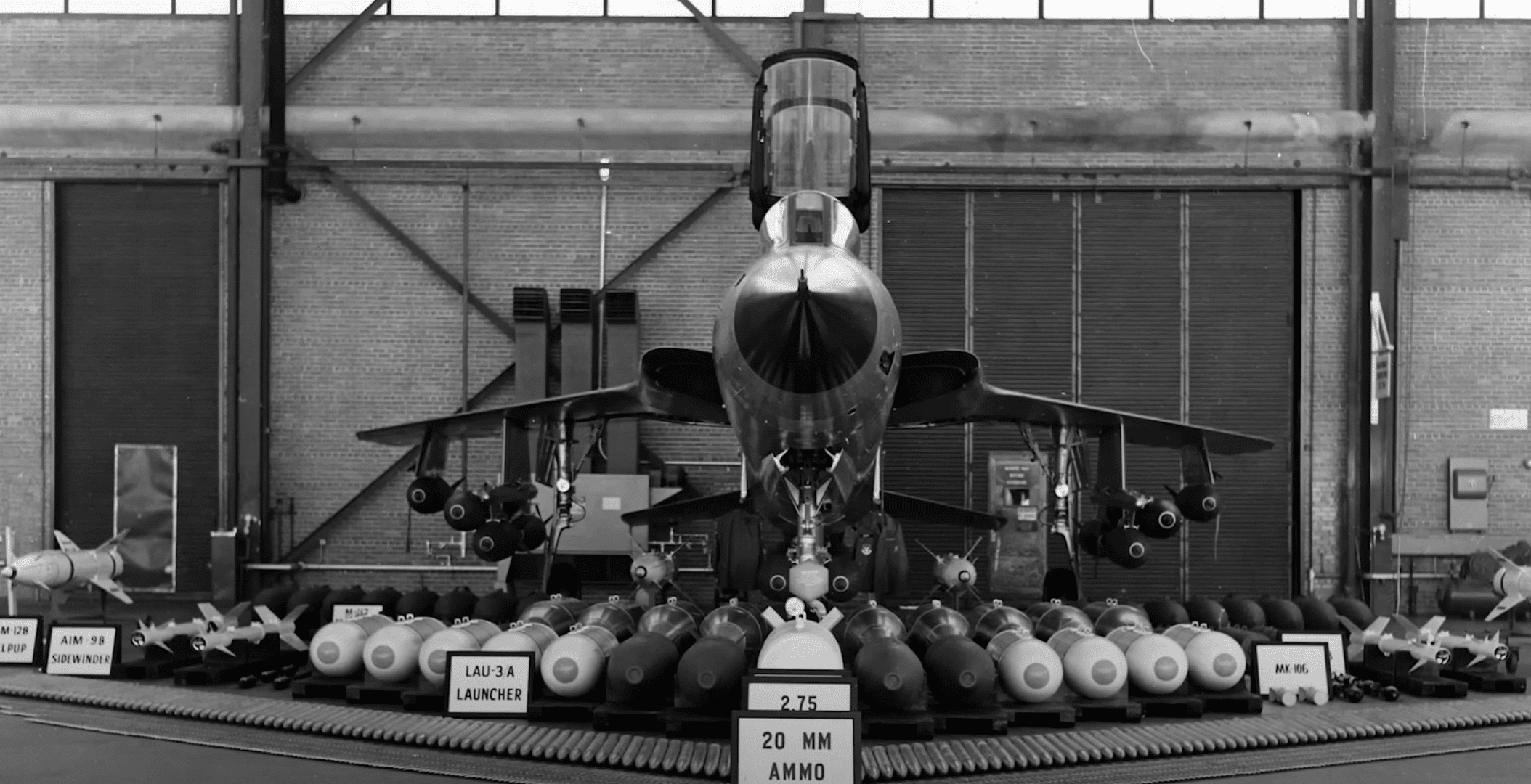
Its original order of 119 was subsequently reduced to only 37 the year later after there were too many delays in its development. The whole program would then be canceled at the end of 1953 only to be reinstated in February 1955 with an order of 15 F-105s.
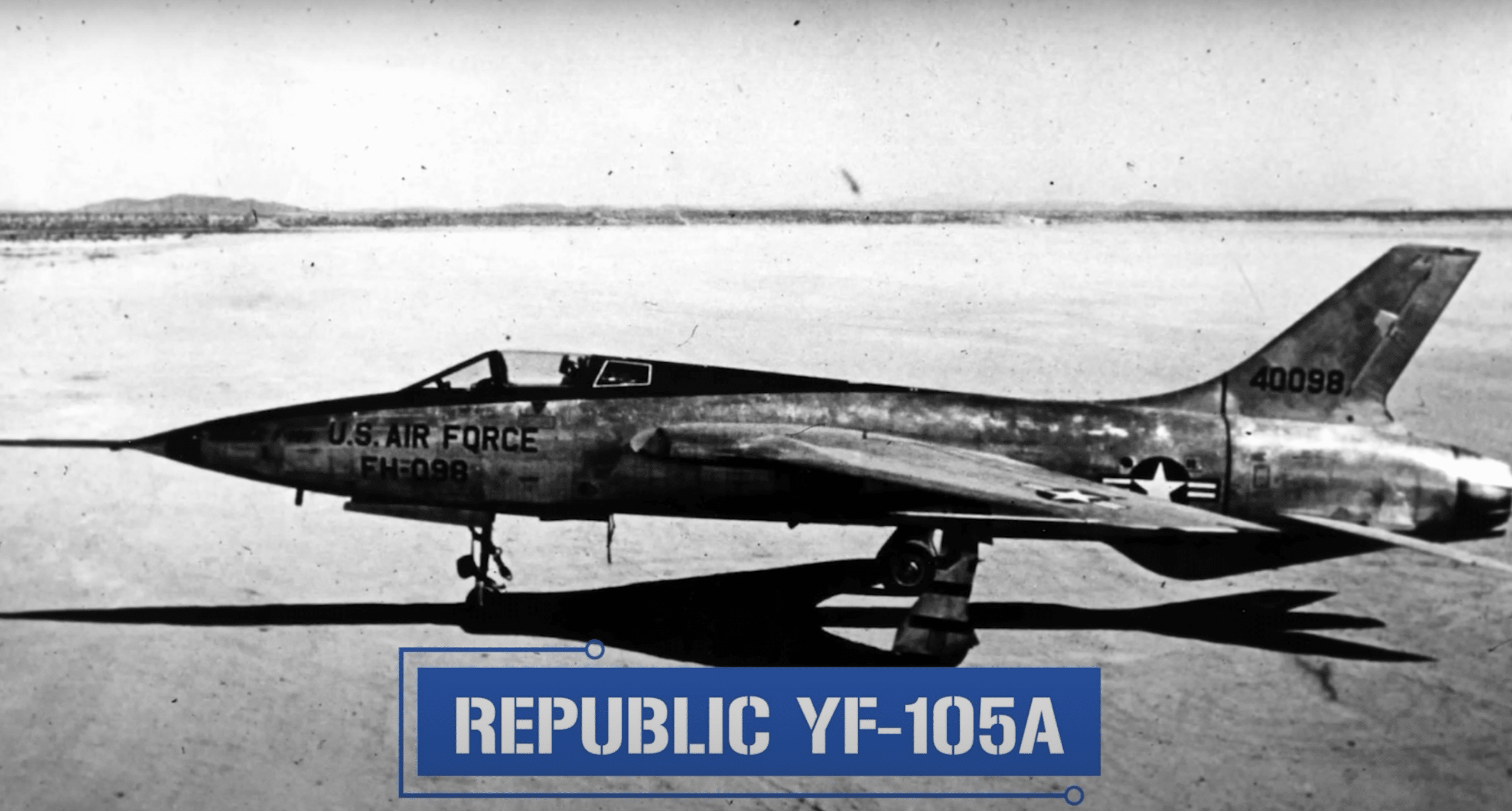
It wouldn’t be until October 22, 1955, for test pilot Russell Roth to take off with the first YF-105A. The plane achieved Mach 1.2 on its first flight, but unfortunately, when the pilots attempted to land, the front landing wheel failed to lower and the pilot was forced to make an emergency landing with only the rear wheels.
Too Fast For Tankers
Another problem they soon encountered was facilitating aerial refueling. The size and weight of the F-105 made refueling much more difficult in comparison to jets that were already in production.
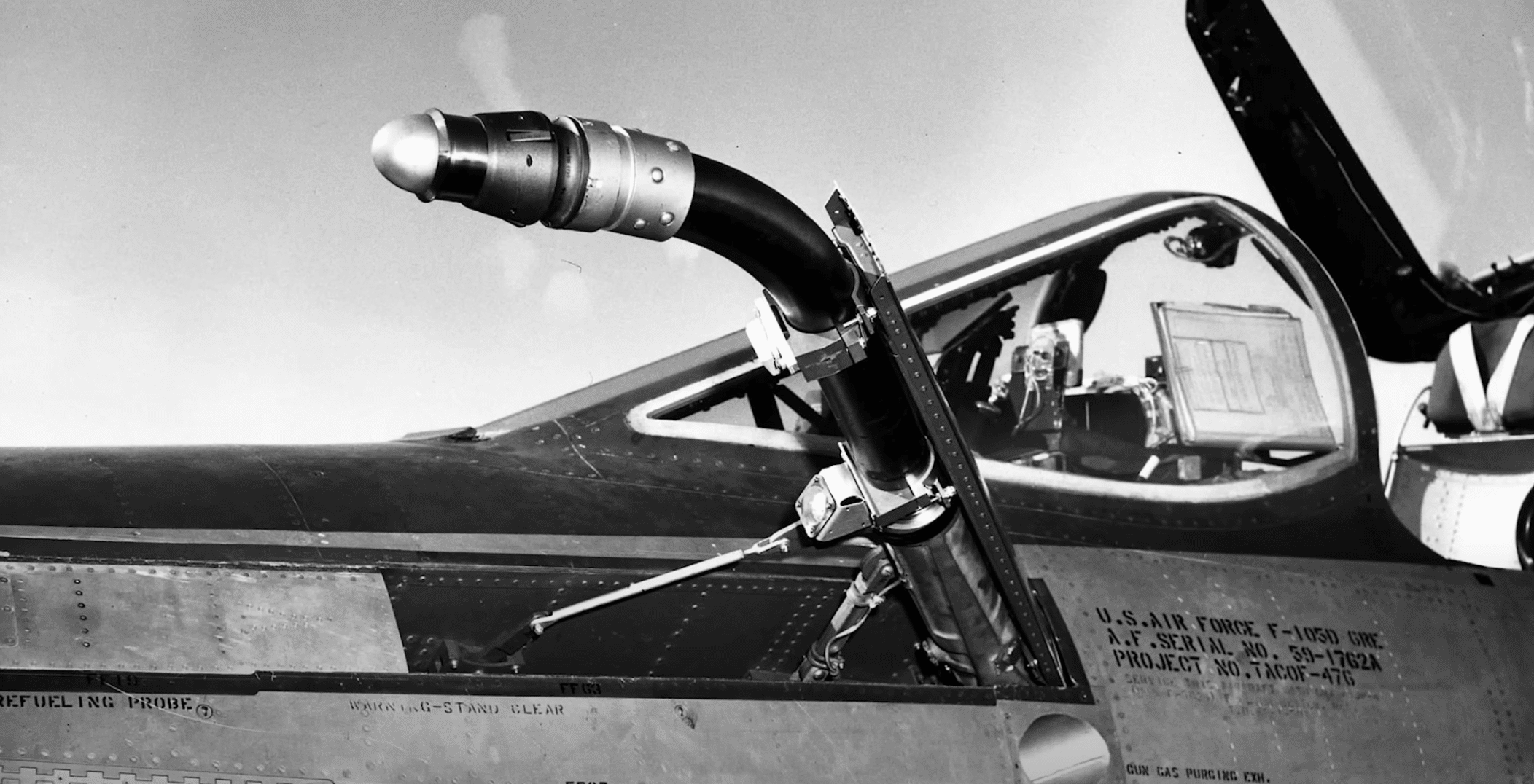
In order to connect to the much slower fuel tanker, the Thunderchief had to slow down to such an extent that maneuverability was badly affected. In addition, flying behind the tanker produced a lot of turbulence that would stall the F-105 regularly.
The Solution
Usually, facilitating aerial refueling would fall onto the F-105 pilot. But after some time, they decided to instead give the tanker the responsibility, with the 105 just remaining steady.
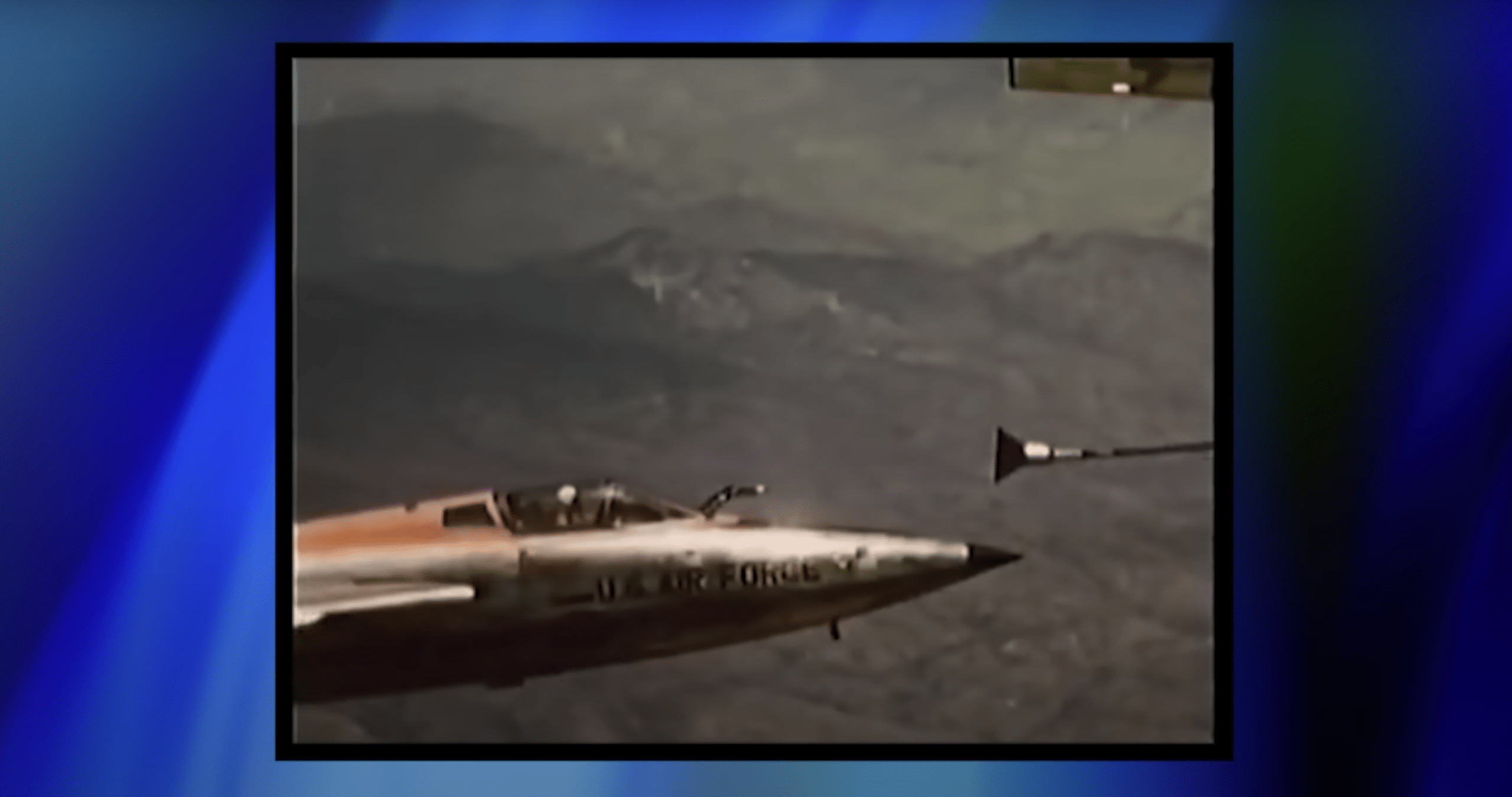
Even though it was far more successful, it wasn’t until the introduction of jet-powered tankers that the F-105’s aerial refueling was considered a safe and reliable procedure.


